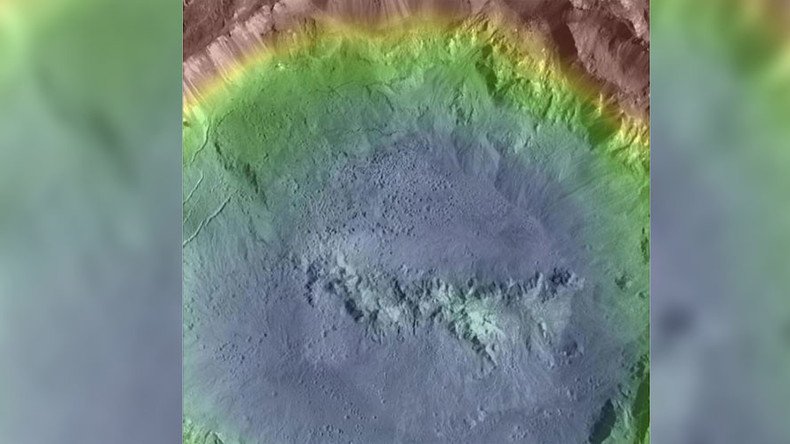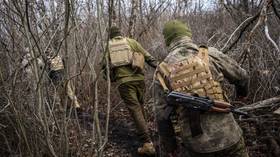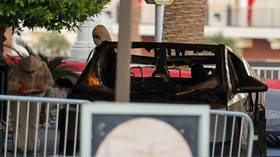Surface pits could be a sign of ice buried under asteroids – study

Pitted terrain on the dwarf planet Ceres could be an indicator that ice is buried under the surface of asteroids, according to new research.
Using numerical models, scientists from the Planetary Science Institute examined the formation of the small pockets on Ceres’ surface and concluded that water ice likely plays a role in their development.
Ceres, once thought to be an asteroid, is the largest object in the asteroid belt running between Mars and Jupiter. It’s the only dwarf planet in the inner solar system.
NASA’s Dawn space probe has been orbiting Ceres since March 2015, conducting searches for features that may look to have been shaped by ice.
Ceres' 3 types of landslides:
— RT (@RT_com) April 20, 2017
- 'Toes'
- 'Bart'
- 'Cuspate landslide'https://t.co/kGOxZtXG8Lpic.twitter.com/SoEtzzlcb4
In the study, published in Geophysical Research Letters, the researchers say that Ceres’ pitted terrains show strong morphological similarities to pitted materials previously identified on Mars and the Vesta asteroid – one of the biggest in the asteroid belt.

“Pitted terrains may be common morphological markers of volatile-rich near-surface material in the asteroid belt,” study author Dr Hanna Sizemore explained.
READ MORE: Solar pit or impact crater? NASA can’t decide
“Finding this type of feature on three different bodies suggests that similar pits might be found on other asteroids we will explore in the future, and that pitted materials may mark the best places to look for ice on those asteroids.”












